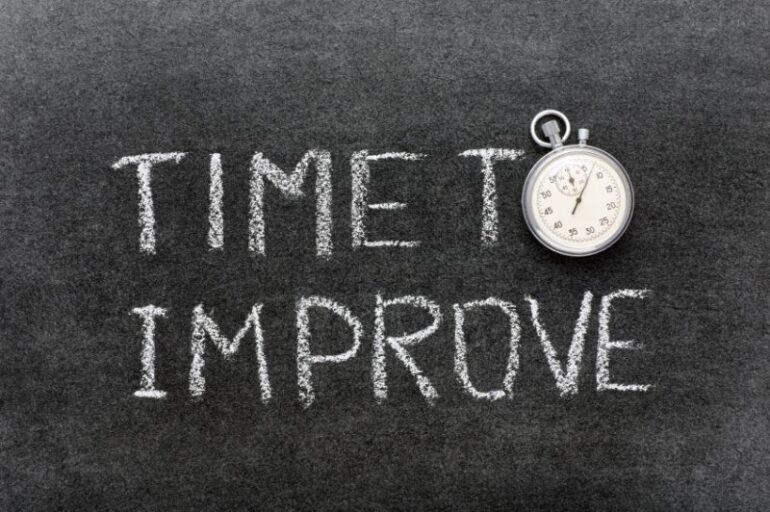- Apr 28, 2016
 0
0- by A2 Marketing Team
As an online business owner, one of the most important — often ignored — things you can do to improve user experience and boost traffic and conversions is to improve your website speed.
The importance of having a faster website was shown in a recent Microsoft study, conducted early 2015, that revealed drastic reduction in the average human attention span. The Microsoft study surveyed 2,000 people and monitored the brain activity of 112 additional people using electroencephalograms (EEGs). The results of the finding were stunning, and the study revealed that the average human attention has suffered a massive decline — from 12 seconds in the year 2000 to 8 seconds in the year 2013. For comparison, a goldfish has an attention span of 9 seconds, so the average human today has a shorter attention span than a goldfish.
The Microsoft study shows that, more than anything else, human beings are growing increasingly impatient, and it’s time you start considering site speed as a part of your online business strategy. A slight delay in your website loading speed can cut your online revenue in half, and the following stats testify to this fact:
Slow loading websites cost the U.S. eCommerce market more than $500 billion annually
A one second delay in your site load time will result in a 7% loss in conversions
51% of U.S. online shoppers cite slow site load times as the number one reason they abandon a purchase
Decreasing page loads from 8 to 2 seconds can boost conversion rates by up to 74%
There are many more statistics that highlight the importance of making a site faster, but it is clear beyond the shadow of a doubt that having a faster site will benefit your business. In fact, Google now uses site speed as a ranking factor. The important question is how do you improve your site speed? Here are 7 essential tips:
1. Choose A Fast Host
There’s no sugarcoating the role web hosting will play in how fast your website is and there’s no managing as far as this is concerned; the effectiveness of everything else recommended in this article hinges on how good your web host is. Websites do not operate independently; just like a computer, the quality and configuration of the hardware used to power your site will make a huge difference in how fast it is. It is your host’s job to handle this.
2. Enable Caching
Caching makes your website faster by storing essential files in visitor’s browsers; this way, whenever someone visits your website again, it would load much faster for them then it did the first time. Besides providing quick access to essential files required to load your website because those files are already stored in your visitor’s browsers, caching also reduces requests to your server — making your site much faster for both new and old visitors.
A2 Hosting offers a number of caching solutions that you can enable for your site, and there are additional plugins available as well.
3. Enable GZIP Compression
You’ve probably compressed a series of files into one ZIP file on a computer before; do you notice how much of a reduction in file size the compression results in? The good news is that the same is possible for websites; compressing your website using GZIP technology can result in a massive reduction in site size, ensuring a faster experience for your website visitors.
4. Optimize Images to Improve Performance
Another way to boost your site speed is by optimizing your images; if an image is very large, your users’ browsers will have to download the whole image before your site is fully loaded. This eventually leads to a slower website.
You can make your website much faster by optimizing your images; this can be done with WordPress plugins like EWWW Image Optimizer (included with A2 Hosting’s A2 Optimized WordPress) that strip off unnecessary details from your images, making it much smaller in size without reducing the quality of your images. Kraken is a good alternative for non-WordPress users.
If you’ve done your best to optimize an image, or if you don’t want quality to be affected, you can consider “lazyloading” your images; this makes sure your images only load when a user scrolls to the section the image is at, resulting in an instant improvement in site speed for all users.
5. Minify HTML, CSS and JavaScript
Often times, HTML, CSS and JavaScript codes become convoluted — including a lot of lines, codes and comments that are not necessary for the code to function. Unfortunately, this only adds to the time it takes to load and process the code, leading to your site becoming slower. The solution to this is to “minify” your code. This strips unnecessary comment, whitespaces and codes from your codes, making your site much faster.
If you use WordPress and are not tech savvy, the W3 Total Cache plugin (again included in A2 Optimized WordPress installs) can help minify your site code.
6. Avoid Using Synchronous Scripts/Code on Your Site
Whenever you want to include code on your site — maybe tracking code, ad code, etc. — you will usually have the option to add the code synchronously or asynchronously. The problem with adding synchronous code to your site, especially if it is added to the head of your website, is that other elements of your website won’t load until the code you installed has loaded. More importantly, if the server the code is connecting to goes down, this could also make your site go down. The solution to this is to use asynchronous code instead; this way, your site loads faster irrespective of the availability of the server that powers the code you installed.
7. Combine Your Images into Sprites
Images alone use a lot of server resources, and this especially happens if you use a lot of images — especially background images. Each image will send a unique request to your server, making your site much slower. By combining your images into one and using CSS sprites to ensure that a visitor’s browser interpret the various parts of that one image differently, though, you can ensure a more faster site experience. So instead of a user’s browser having to load 10 individual images, it loads one and the result is a faster website. This can be done with SpriteMe.
Conclusion
The good news is that if you have a slow site, there are obviously a number of quick fixes you can make to get your site moving along! What other tips do you have for making a site much faster? Kindly share in the comments below.












